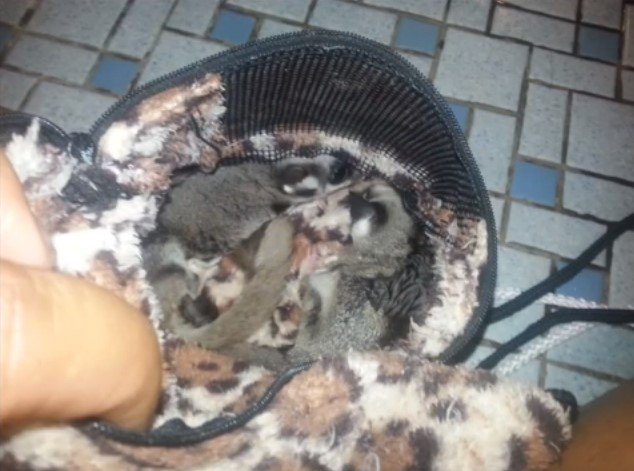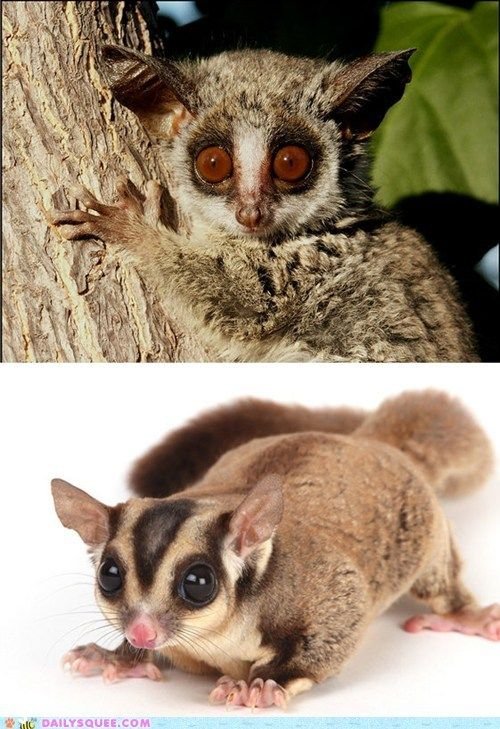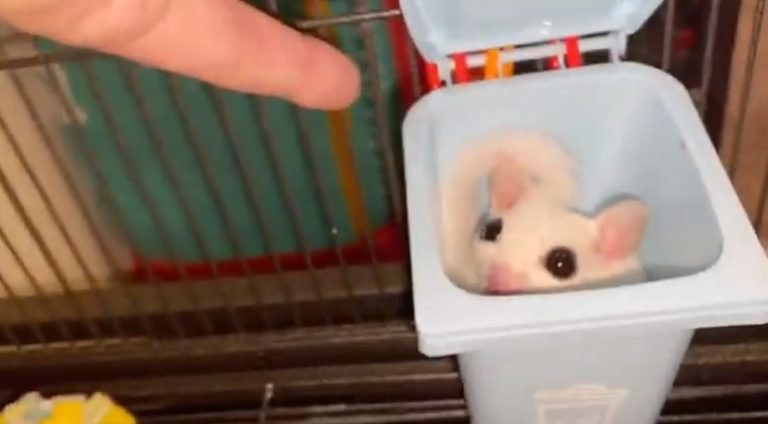Do Sugar Gliders Have To Live In Pairs
Do Sugar Gliders Have to Live in Pairs?
If you’re considering getting a sugar glider as a pet, you might be wondering whether these adorable creatures need companionship or if they can thrive on their own. The answer is quite simple: sugar gliders are highly social animals and do best when living in pairs or small groups.
Why Sugar Gliders are Social Animals
Sugar gliders are native to the forests of Australia, Indonesia, and New Guinea, where they live in large family groups called colonies. In the wild, they spend their days foraging for food, playing, grooming each other, and sleeping together in cozy nests. Their social structure is built on strong bonds of companionship and trust.

Social Bonding
Sugar gliders form deep emotional bonds with their group members, which helps them feel secure and reduces stress. These bonds are formed through activities like grooming, sharing food, and engaging in play. Without such social interaction, sugar gliders may feel lonely, anxious, and exhibit signs of distress.
Mating and Reproduction
In addition to providing emotional support, living in pairs or small groups is crucial for sugar gliders to fulfill their reproductive needs. Mating and raising young require the presence of both male and female gliders. By providing a suitable environment that allows breeding, you can ensure the well-being of these creatures.
Benefits of Having a Sugar Glider Companion
While it is possible to keep a single sugar glider as a pet, it is generally recommended to have at least two to meet their social and emotional needs. Here are some of the benefits of having a sugar glider companion:
1. Emotional Support
Having a companion helps prevent loneliness and provides emotional support to a sugar glider. They can engage in social activities together, providing comfort and a sense of security.
2. Natural Behavior
Living with another sugar glider allows them to engage in natural behaviors like grooming, playing, and exploring together. These activities are vital for their physical and mental well-being.
3. Language Development
Sugar gliders have a unique vocalization system called “crabbing.” By living with another glider, they can develop their communication skills and use these vocalizations effectively.
4. Bonding through Mutual Grooming
Mutual grooming is an essential bonding activity for sugar gliders. Having a companion allows them to engage in this behavior, which strengthens their bond and reduces stress.
Considerations for Keeping Sugar Gliders as Pets
If you decide to bring sugar gliders into your home, there are a few important considerations to keep in mind:
1. Space
Sugar gliders require plenty of space to climb, glide, and play. A large, secure cage with multiple levels and plenty of toys and branches for climbing is essential. Additionally, they should have regular out-of-cage time to explore and exercise in a safe, glider-proofed room.
2. Time Commitment
Sugar gliders are highly social animals and require daily interaction and stimulation. They need time outside of their cage for bonding and playtime. You should be prepared to spend several hours with your gliders each day to keep them happy and healthy.
3. Diet
Proper nutrition is vital for the well-being of sugar gliders. Their diet should consist of a combination of fresh fruits and vegetables, a high-quality commercial glider food, and protein sources like mealworms or cooked chicken. It’s crucial to provide a balanced diet to ensure their nutritional needs are met.
4. Veterinary Care
Finding a veterinarian experienced with sugar gliders is essential for their health and well-being. Regular check-ups and preventive care are necessary to identify and address any potential health issues.
Frequently Asked Questions
Q: Can you keep a single sugar glider?
Yes, it is possible to keep a single sugar glider, but it is generally recommended to have at least two to meet their social and emotional needs.
Q: What happens if you keep a sugar glider alone?
Keeping a sugar glider alone can lead to loneliness, stress, and behavioral issues. They thrive on social interaction and companionship.
Q: Can I introduce a new sugar glider to my existing one?
Introducing a new sugar glider to an existing one requires proper introductions and careful monitoring. It’s best to consult with an experienced glider owner or a veterinarian for guidance.
Final Thoughts
Sugar gliders are highly social animals that thrive when living in pairs or small groups. While it is possible to keep a single glider, providing a companion ensures their well-being and happiness. By understanding their social and emotional needs, providing a suitable living environment, and dedicating time and attention, you can create a fulfilling and enriching life for your sugar gliders.






